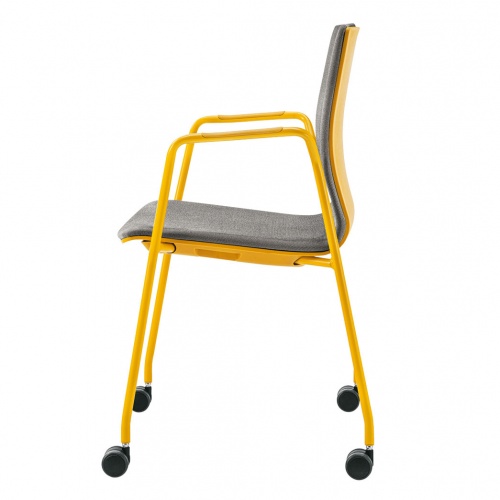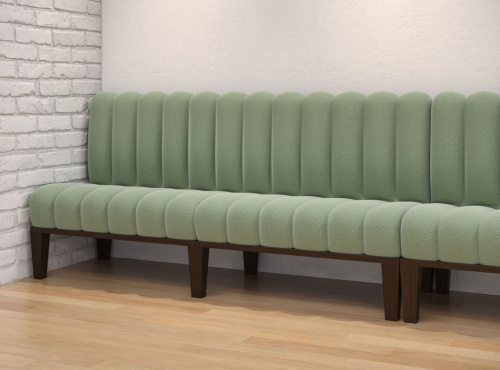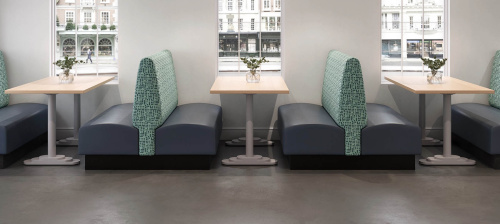Sound is a rapid variation of pressure at a certain point in space: whether a room reverberates primarily depends on its size and the capacity its exposed surface to absorb sounds. Hearing is sometimes strained by reverberation, causing a certain degree of stress through time. Stress is closely related to the mental fatigue caused by spending an extended period of time in rooms with inefficient acoustics.
In “Classroom Acoustics II: Acoustical Barriers to Learning,” by Peggy B. Nelson, Ph.D., Sigfrid D. Soli, Ph.D., and Anne Seltz, M.A., a publication of the Technical Committee on Speech Communication of the Acoustical Society of America (http://acousticalsociety.org/), a number of reasons are outlined why schools need quiet learning spaces for students and teachers. They include the following:
- Because students under age 15 are still developing mature language and need appropriate listening environments to understand the spoken message.
- Because many learning spaces serve students with disabilities: learning disabilities, language learning problems, behavior problems, reduced cognitive skills, hearing loss, auditory processing disorders and chronic illnesses. These students have a special need for classrooms that allow clear listening and communication.
- Because teachers should be able to use a natural teaching voice free from vocal stress.
- Because many schools offer adult learning activities and adult learning groups include persons with hearing loss, learning disabilities, and chronic illnesses.
Want to learn more about how to make your Educational Space more more acoustically pleasing? Download our White Paper below for more information.







